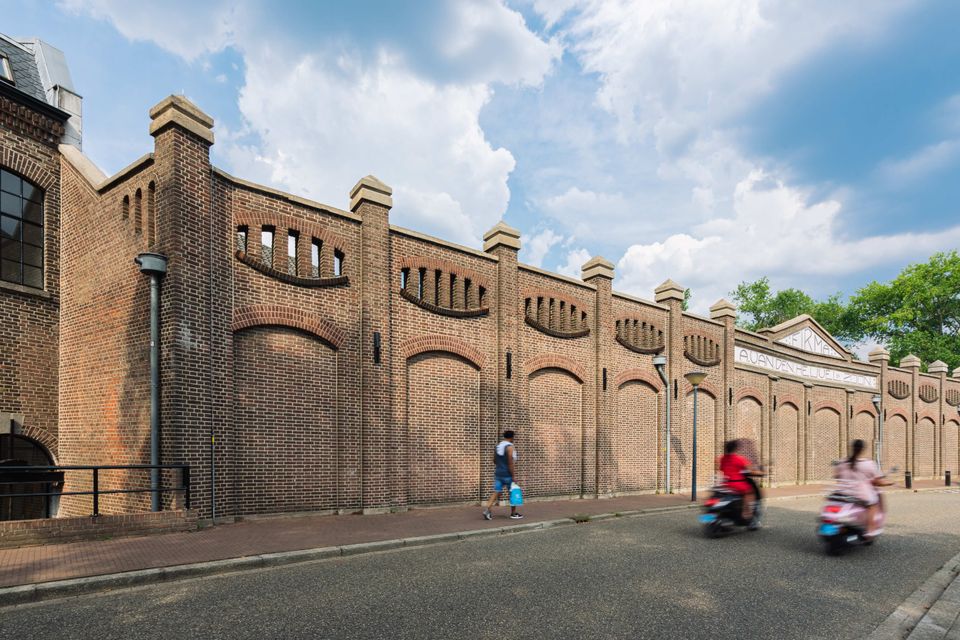Weverijmuseum Geldrop
When you dive into the history of Geldrop-Mierlo, you discover that the textile industry in this place meant a lot to the Netherlands and Belgium, and therefore also to the inhabitants themselves. You will feel this when you go to the Weverijmuseum.
A visit to the Weaving Museum is more than worthwhile. Not only because you will learn more about the weaving process, but mainly because you will learn more about the DNA of the inhabitants that you will encounter during your stay in Geldrop-Mierlo. This history is in our blood.
Weaving is still being done on the looms of the mus…
When you dive into the history of Geldrop-Mierlo, you discover that the textile industry in this place meant a lot to the Netherlands and Belgium, and therefore also to the inhabitants themselves. You will feel this when you go to the Weverijmuseum.
A visit to the Weaving Museum is more than worthwhile. Not only because you will learn more about the weaving process, but mainly because you will learn more about the DNA of the inhabitants that you will encounter during your stay in Geldrop-Mierlo. This history is in our blood.
Weaving is still being done on the looms of the museum. Lubrication pads for trains and locomotives in the Netherlands, Belgium, Germany, France and England, textiles for historical heritage. Of course, in the Weaving Museum's shop, you can also purchase tea towels and hand towels by Mariëtte Wolbert to take home. Mariëtte Wolbert is often referred to as the queen of kitchen textiles.
The Weaving Museum is a former factory for the production of woollen fabrics. The guides (the tour is included in the admission price) are professionals, former weavers, loom workers and textile workers. They are very happy to take you to the weaving and life at that time.
